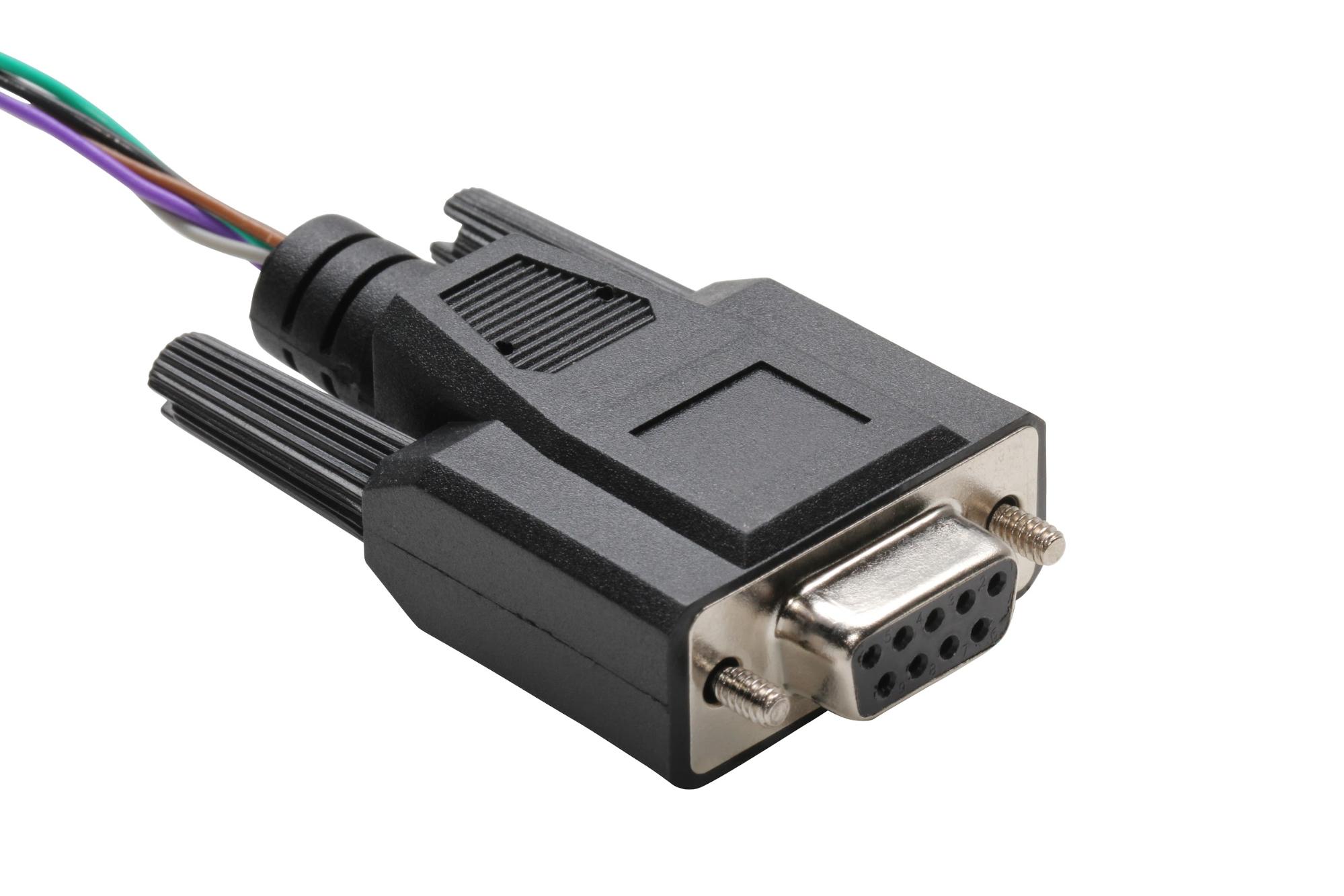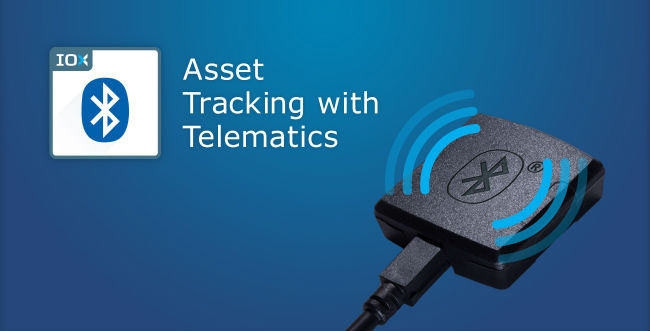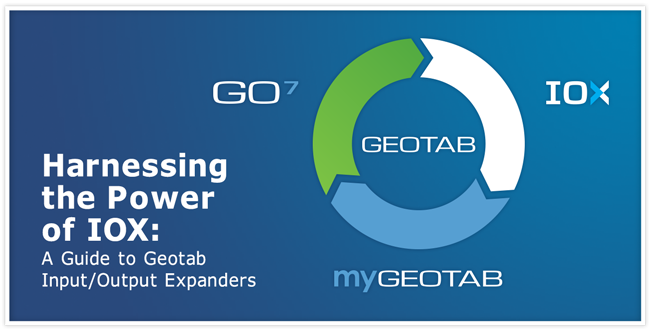Beyond GPS tracking: IoT and hardware integration
Fleet management solutions have evolved way beyond simple GPS tracking systems. Read how telematics is the new Fleet IoT Hub.


In today’s world of technological diversity, fleet management solutions have evolved way beyond simple GPS asset tracking systems. The world of fleet IoT is expanding. At the same time, it’s increasingly important that technology is integrated so that fleet managers can centralize all of their actionable information into one data hub. Having only one system to manage makes it easier to focus your efforts and also lightens your workload!
See also: Telematics hardware vs. software and firmware
The true value of the Internet of Things (IoT) lies in the data. A Cisco study found that the top five ROI from IOT data was:
- Product or performance improvement
- Improved decision-making
- Lower operational costs
- Improved relationships with customer
- Reduced maintenance / downtime
Telematics — the fleet IoT hub
Open platform telematics is revolutionizing fleet capabilities by acting as an IoT hub for the vehicle. By adding on hardware accessories to your Geotab GO device, you can go beyond basic GPS tracking and take your fleet to the next level.
See Also: How Automotive IoT Is Disrupting the Leasing and Car Rental Industries
One expansion port with vast possibilities
The basis of the integration capability with the Geotab GO device is the patented Input-Output Expander (IOX). A cursory review of the Geotab GO specification sheet (which you can find on the device page) provides details as to where the IOX port is physically located on the device as well as examples of the types of integrations the device is capable of via different IOX cable types.
Geotab provides certain IOX products, such as the IOX-NFCREADER, which have been designed and built solely by Geotab engineering team members.
Other IOX products, such as the IOX-CAN, provide a means for third-party devices to integrate with Geotab and allows partners to bring in data for things like weigh-scales, tire pressure monitoring systems, and camera systems.
For a preview of some more business-specific fleet solutions, read our post on the Geotab Marketplace.
Advanced IOX integration for fleets
Let’s have a look at some unique application possibilities when leveraging the IOX port on your Geotab GO device.
Relay control with the IOX-OUTPUT
If you have a need to send near-real time commands to a component within a fleet asset, IOX-OUTPUT would be a good solution to learn more about.
Examples of IOX-OUTPUT applications:
- Turn on an in-cab LED in order to signal the driver that there is an emergency situation on hand.
- Sound an alarm when a vehicle enters a restricted zone.
Such applications involve the usage of an IOX-OUTPUT tied into a relay circuit within some functional component of the fleet asset.
With the hardware installed in this manner, a command can be sent via the MyGeotab web interface or the Geotab API in order to control the state of a relay circuit within the vehicle.
Bidirectional message transfer with the IOX-RS232
In general, hardware integrations with the Geotab GO device only involve readable data being received from other peripheral devices located within the fleet asset. Leveraging the IOX-RS232 allows for such flexibility for two-way device communication. Similar to the example described above for the IOX-OUTPUT commands initiated via web requests, it is possible to send messages back to a peripheral device which is connected to a Geotab GO.

Simple application of IOX-RS232:
Consider an in-cab display monitor connected to a GO device which presents the driver with a written text message whenever they break a MyGeotab rule.* Using MyGeotab web request notifications, the outbound text message could include written details such as the rule name, zone name, speed, etc. which could assist in driver coaching efforts and even routing applications.
*Note that hardware add-on integrations like this require the implementation of Geotab’s RS232 Add-On Protocol.
How to develop your own IOX Add-On
A relatively new functionality in Geotab’s hardware add-on suite of options is the ability for third-party companies to design their own hardware, capable of communicating directly to the Geotab GO device. This option truly underlines the fact that Geotab is open to providing a platform for anyone to build on and leverage in order to improve their own business processes.
An example of this type of application would be the direct integration of a third-party device which is programmed to read and interpret proprietary signals on an asset’s CAN network. The third-party device could translate the proprietary engine data signals into a desirable format for the GO7 device and send the data directly to the GO where it would be recorded and transmitted to the cloud.
For more details on this functionality, please see this post on third-party device integration.
IOX is open for business
Now that you have a taste of some of the capabilities of the IOX for Geotab GO, it’s time to think about how it can better enrich your business. Geotab is constantly working to bring on more partners, new ideas and unique use cases in order to help solve some of the most difficult problems in today’s ever diversifying fleets.
IOX is only one way to power up your fleet. There are endless opportunities for fleets to innovate and find more value. Read more about expanding fleet management here.
If you’d like to learn more about some interesting IOX applications, be sure to check out these posts:
GPS Asset Tracking with the new IOX Bluetooth Add-On

Harnessing the Power of IOX Expansion

Have any neat ideas for new fleet IoT or IOX integrations? Leave a note down below!
Subscribe to get industry tips and insights

Jason Widla is a Solutions Engineering Manager for Geotab with a primary focus on technical project management and the implementation of external device hardware integrations.
Table of Contents
Subscribe to get industry tips and insights
Related posts

Field service is losing money to bad data: Go beyond GPS with smarter telematics
June 27, 2025
3 minute read

Unlock field service ROI: Your practical guide to connected operations playbook
June 9, 2025
3 minute read

Multi-stop route planners: A fleet manager's guide + best tools in 2025
June 5, 2025
5 minute read

Smart selection guide for school bus fleet maintenance features
May 21, 2025
5 minute read

Neil Cawse: Lack of appetite for risk is holding the Canadian economy back
May 12, 2025
2 minute read